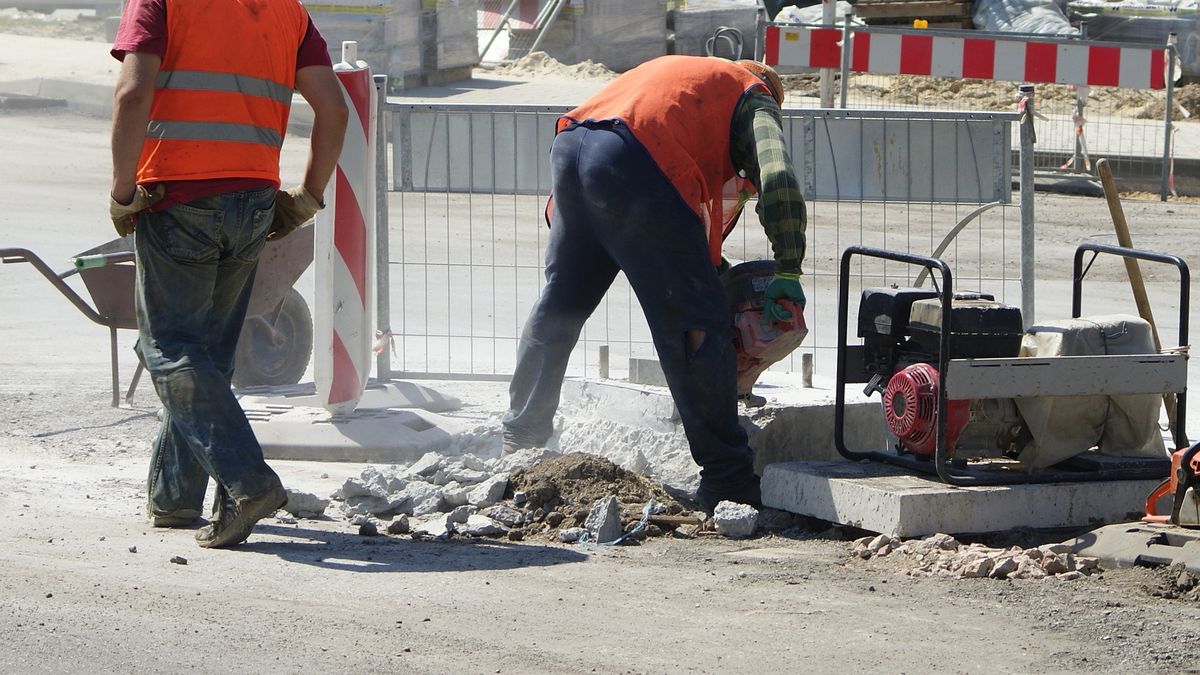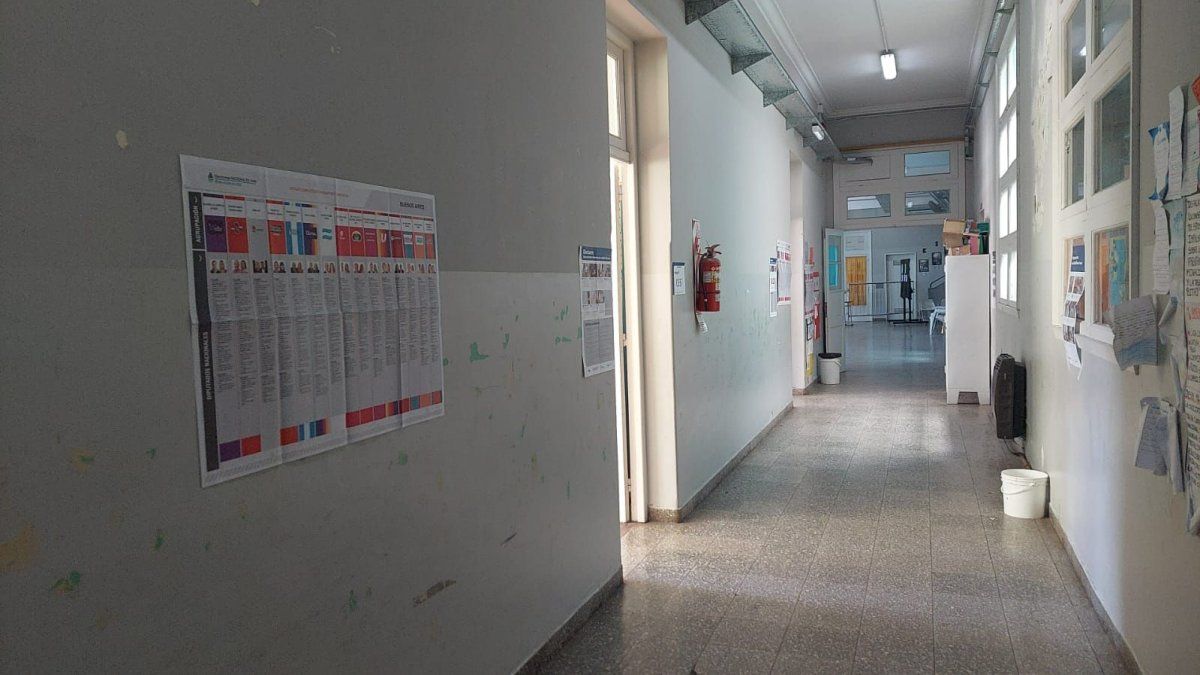Nonfarm payrolls added 528,000 jobs last month, the Labor Department reported Friday in its report on the job, very often in the markets.
June data was revised upwards to show 398,000 jobs created instead of the 372,000 previously reported.
Payrolls have grown for 19 straight months and the jobless rate fell from 3.6% in June.
Economists polled by Reuters had forecast a payroll increase of 250,000 and a steady 3.6% unemployment rate. Estimates ranged from 75,000 to 325,000 jobs.
The employment report paints a picture of a fairly healthy economy, despite two consecutive quarters of contraction in Gross Domestic Product.
Labor demand has fallen in interest-rate sensitive sectors such as housing and retail, but airlines and restaurants have not found enough workers.
Strong job growth could keep pressure on the Federal Reserve to make a third interest rate hike of 75 basis points at its next meeting in September, though it will largely depend on inflation readings.
The US central bank last week raised its interest rate by three-quarters of a percentage point. Since March it has raised that rate 225 basis points.
The economy shrank 1.3% in the first half, largely due to sharp swings in inventories and a trade deficit linked to the paralysis of global supply chains.
The National Bureau of Economic Research, the official arbiter of business cycles in the United States, defines a recession as “a significant decline in economic activity spread throughout the economy, lasting more than a few months, usually visible in output, employment, real income and other indicators”.
With 10.7 million job openings at the end of June and 1.8 job openings for every unemployed person, the labor market remains tight in supply and economists don’t expect a sharp slowdown in payroll growth this year.
Average hourly earnings rose 0.5% last month, after rising 0.4% in June. This left the year-on-year increase in wages at 5.2%. Although wage growth seems to have peaked, pressures remain.
Data from last week showed annual wage growth in the second quarter was the fastest since 2001.
Source: Ambito
David William is a talented author who has made a name for himself in the world of writing. He is a professional author who writes on a wide range of topics, from general interest to opinion news. David is currently working as a writer at 24 hours worlds where he brings his unique perspective and in-depth research to his articles, making them both informative and engaging.




